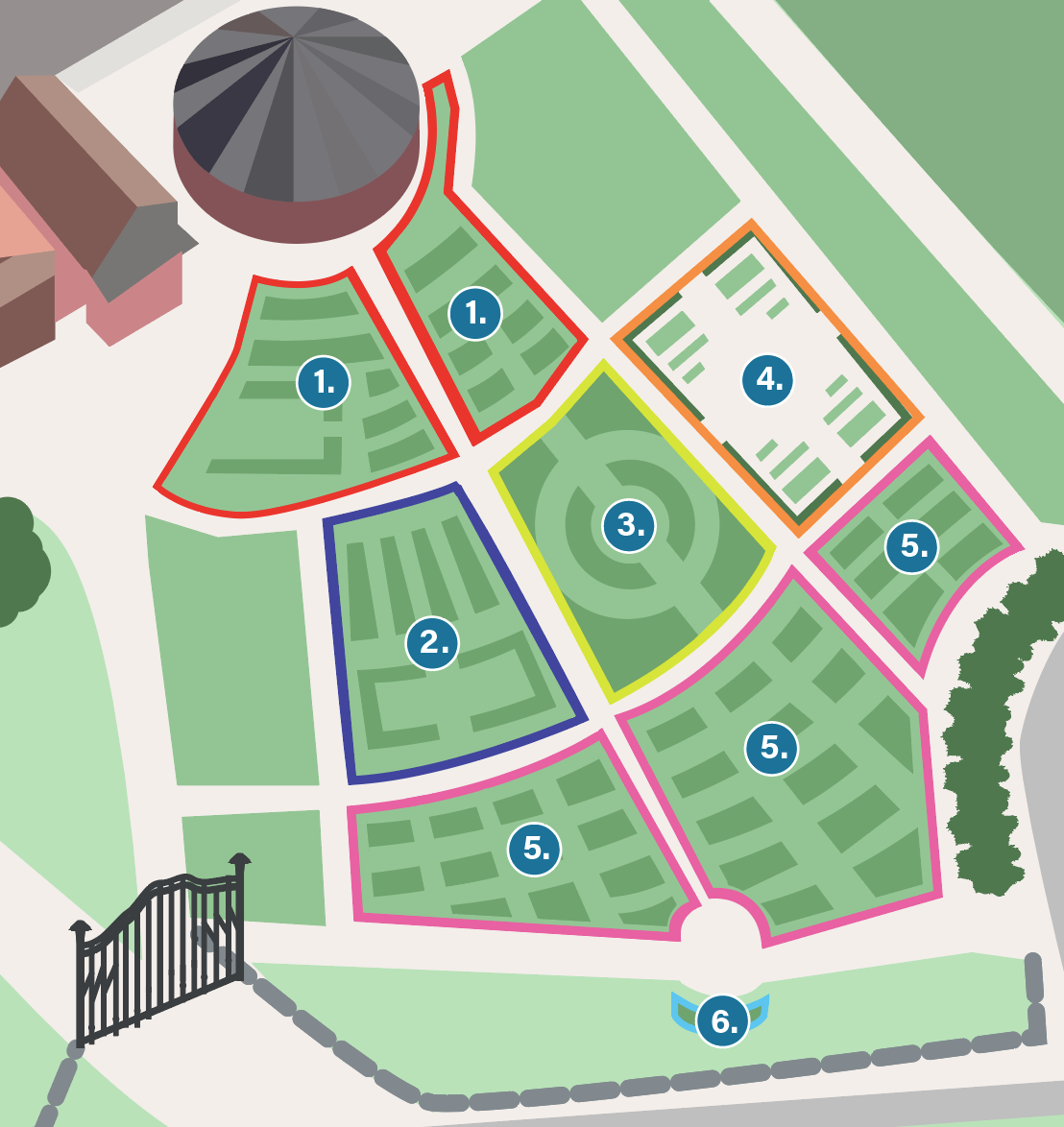Several thousand monasteries were founded in Europe in the peaceful years after the year 1000. The monasteries were central places of knowledge when monastery gardens were common.
In Norway, 31 monasteries were established during the Middle Ages, mostly along the coast from Konghelle (Kungãlv) in Båhuslen to Trøndelag in the north.
All the monasteries were closed down in connection with the Reformation around 1537. The monastery plants were cultivated in the monastery gardens, most of which were introduced from the south with the monastery system.
These were primarily herbs, utility crops, medicinal plants, poisonous plants, dye plants, fragrant plants, as well as spice and vegetable plants.

.jpeg)
